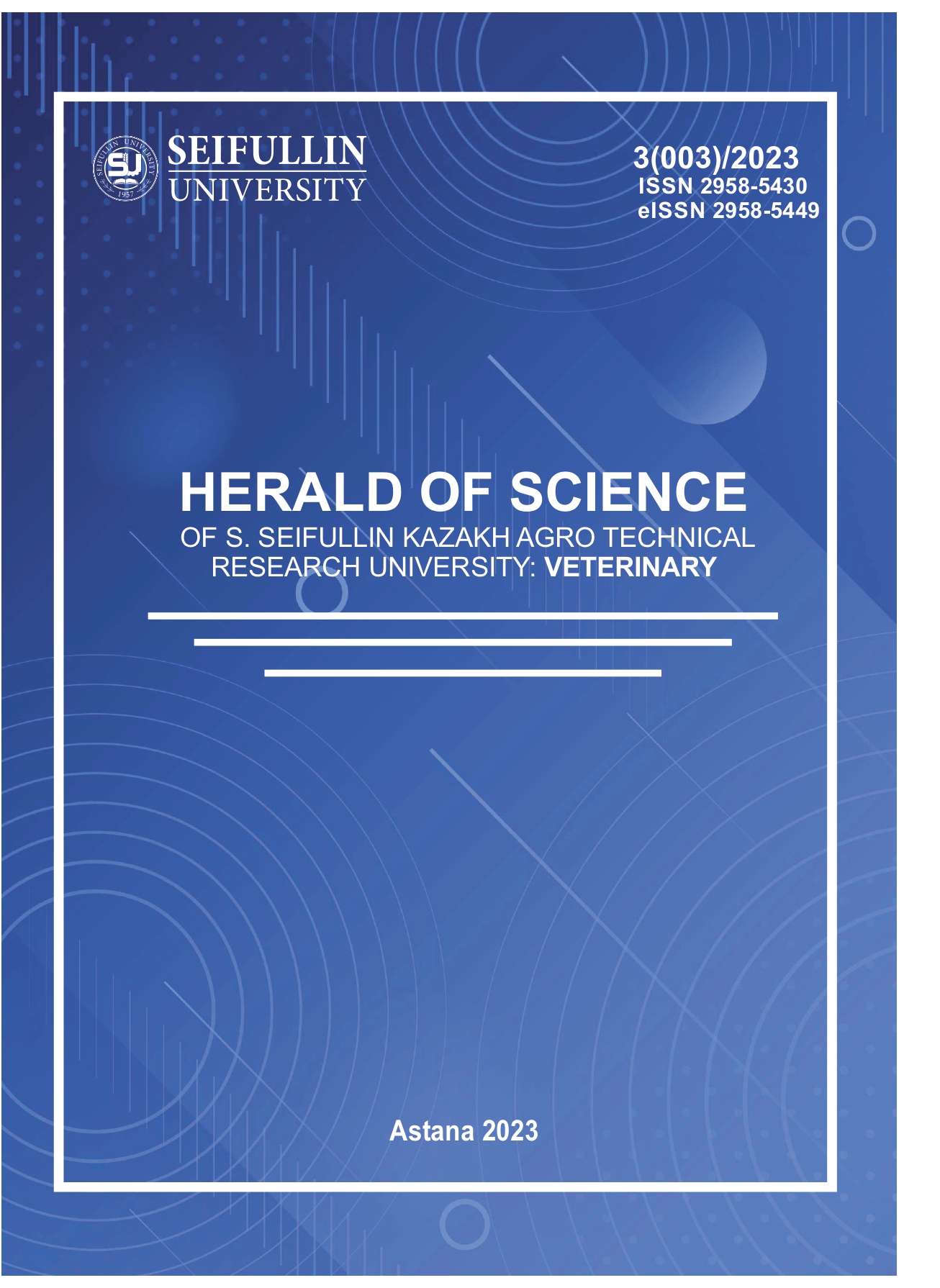VIABILITY AND ANTAGONISM OF CRYOPRESERVED LACTIC ACID BACTERIA
DOI:
https://doi.org/10.51452/kazatuvc.2023.3(003).1500Ключевые слова:
Antagonism; cryopreservation; lactic acid bacteria; viabilityАннотация
Preserving and advancing bioresources involving industrial microorganisms is of paramount importance for every nation. However, long-term storage of these strains often leads to diminished viability and biological activity. Thus, it is crucial to investigate the properties of cryopreserved strains stored at -80°C in a 10% glycerol solution within low-temperature refrigerators. This study aimed to comparatively analyze the viability of 129 lactic acid bacteria strains, including Lactobacillus sp., Lactococcus sp., and Pediococcus sp., cryopreserved from 2006 to 2020. Among them, 93 Lactobacillus sp. strains were categorized into three groups based on storage dates (2006-2007, 2013-2014, and 2017-2020). Viability titers were determined using the standard serial dilution method, counting microorganisms in CFU/ml. Regardless of the storage duration or species affiliation, the study identified lactic acid bacteria strains exhibiting both high (107 - 109 CFU/ml) and low (104-106 CFU/ml) viability titers. Additionally, the antagonistic activity of 33 Lactobacillus sp. strains was investigated using the delayed antagonism method, subdividing them into 17 strains with sufficiently high viability titers and 16 strains with low viability titers. The results revealed that 20% of strains with high viability titers and 27% with low viability titers exhibited relatively high antagonistic activity (with a zone of inhibition ranging from 10 to 18 mm). In both groups, strains with low antagonistic activity (with a zone of inhibition measuring 5-9 mm), particularly against Gram-positive and Gram-negative bacterial test-cultures, predominated. Significantly, 51% of lactobacilli strains demonstrated pronounced antagonism against Candida albicans ATCC- 885-653 test-culture. These findings underscore the practical importance of the study, emphasizing the necessity to analyze and select optimal concentrations of intracellular or extracellular cryopreservatives and to determine the initial viability
titer when storing strains for cryopreservation. Tailoring cryopreservation solutions to each strain can enhance the preservation of their original properties, ultimately improving overall preservation quality.

